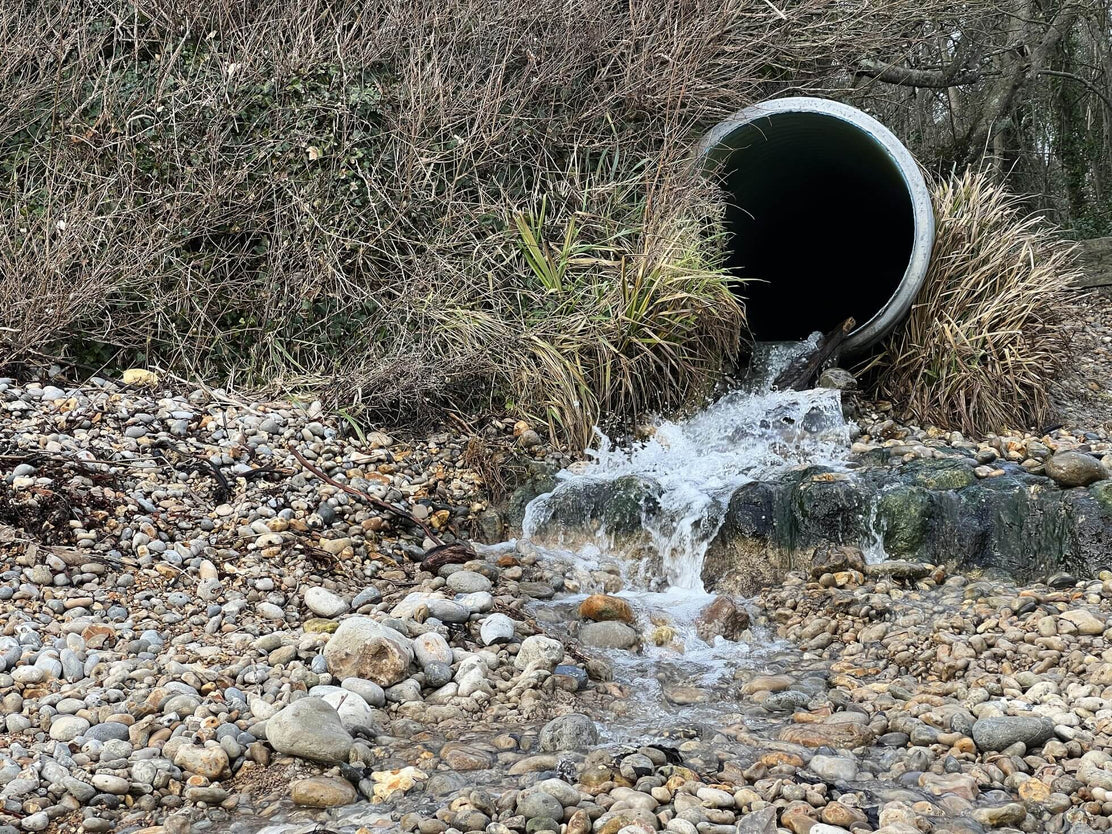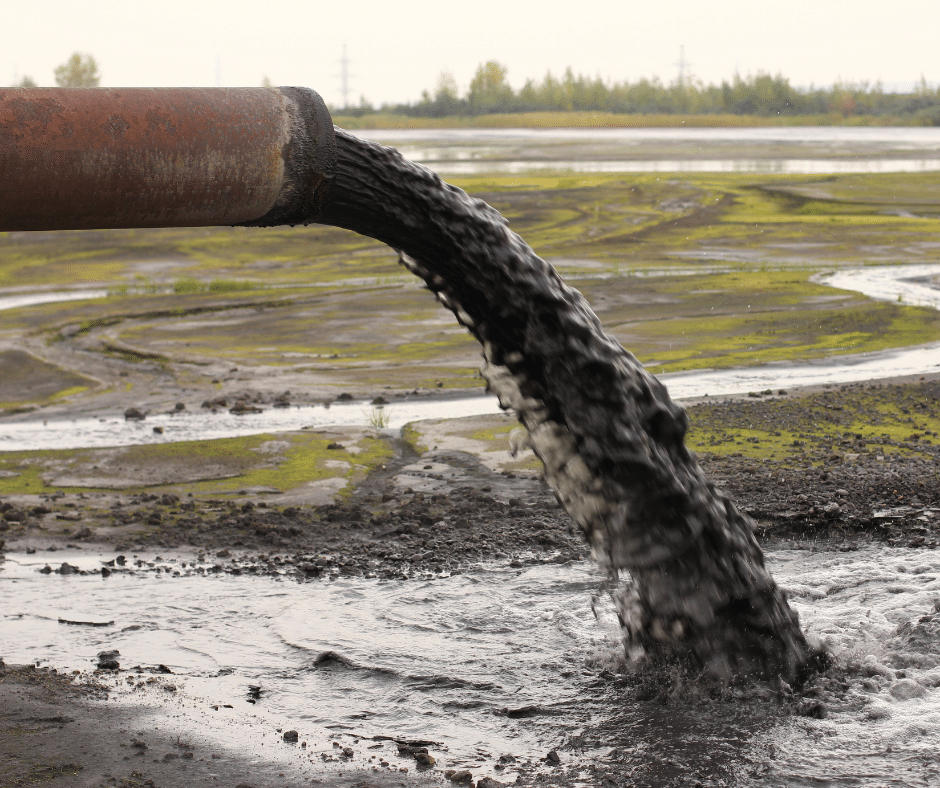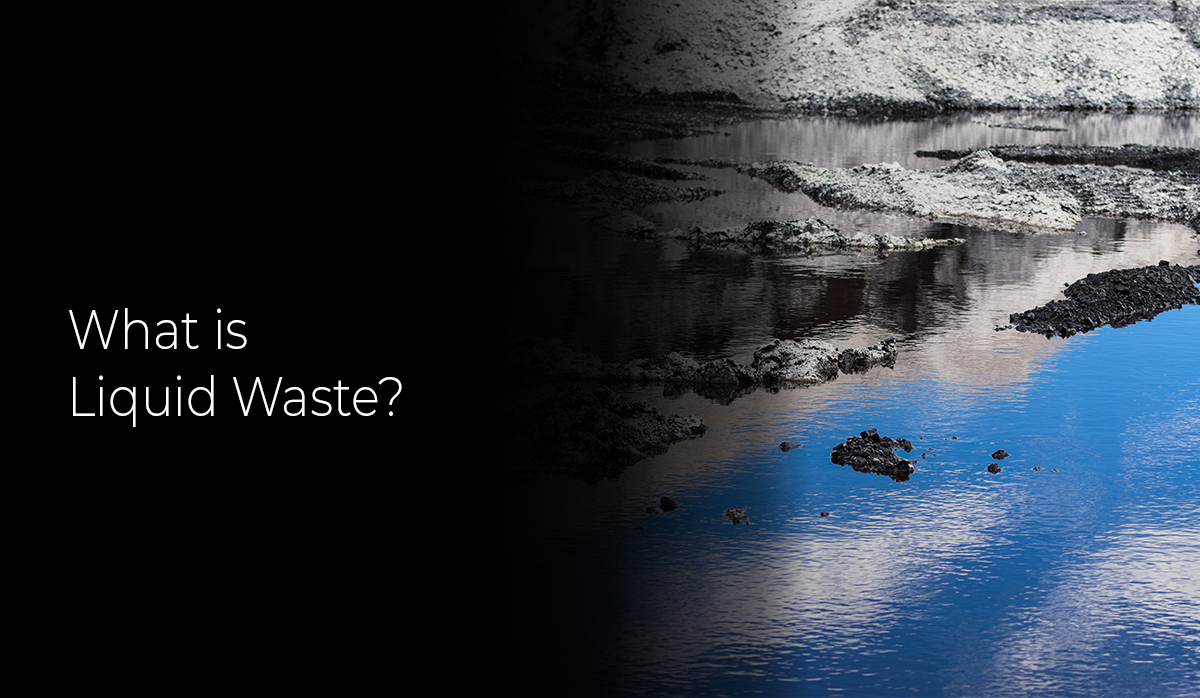Industrial Wastewater Treatment: Customized Solutions for Complex Wastewater Challenges
Wiki Article
How Liquid Waste Disposal Functions: A Thorough Overview of Techniques and Technologies Employed

Overview of Fluid Waste Types
The complexity of fluid waste kinds necessitates a thorough understanding of their attributes and implications for disposal. Liquid waste can generally be classified right into several kinds, including commercial, community, farming, and dangerous waste. Each classification displays distinctive residential or commercial properties, calling for certain administration strategies to alleviate ecological and health dangers.
Industrial liquid waste originates from manufacturing procedures and commonly includes a series of impurities, such as hefty steels, solvents, and natural substances. Metropolitan fluid waste, mainly comprising wastewater from homes and industrial facilities, has raw material, nutrients, and pathogens (industrial wastewater treatment). Agricultural fluid waste, including runoff from ranches, may consist of plant foods, chemicals, and animal waste, positioning risks to water quality and ecological communities
Dangerous liquid waste is identified by its poisoning, reactivity, or prospective to create harm. Comprehending these varied fluid waste types is vital for creating effective disposal techniques and making sure conformity with environmental policies.
Physical Treatment Approaches

Testing is the initial step, where larger bits and debris are eliminated from the liquid waste using screens or grates. This procedure protects downstream tools from damages and makes sure smoother procedure. Complying with screening, sedimentation utilizes gravitational pressure to different solids from liquids. In sedimentation tanks, heavier fragments resolve near the bottom, developing a sludge layer, while the cleared up liquid can be further dealt with.
Filtration is an additional crucial technique that involves passing the fluid with permeable products, such as sand or membranes, to record smaller particles. This action enhances the top quality of the liquid, making it ideal for subsequent treatment procedures.

Chemical Treatment Methods
Chemical therapy methods are essential for properly managing liquid waste, especially in dealing with liquified and colloidal contaminants that physical techniques might not sufficiently remove. These methods make use of various chemical representatives to neutralize, speed up, or transform harmful compounds right into much less dangerous forms.One typical method is coagulation and flocculation, where chemicals such as alum or ferric chloride are contributed to advertise the gathering of suspended particles. This process boosts sedimentation, permitting much easier elimination of the resulting sludge. Additionally, oxidation processes, utilizing representatives like chlorine or ozone, are used to break down complex organic substances and virus, rendering the waste much safer for discharge or additional therapy.
Neutralization is an additional crucial method, which changes the pH of acidic or alkaline waste streams to neutral degrees, preventing potential harm to downstream systems and the atmosphere. Moreover, progressed oxidation procedures (AOPs) make use of mixes of oxidants and ultraviolet browse around this web-site light to weaken persistent pollutants, achieving a higher level of treatment efficiency.
Biological Treatment Processes
Biological treatment processes play a vital duty in the monitoring of fluid waste by making use of bacteria to disintegrate natural issue and minimize pollutant levels. These processes can be broadly categorized right into cardio and anaerobic therapies, each using certain microbial neighborhoods to attain effective waste degradation.Aerobic treatment entails using oxygen to help with the breakdown of natural materials by bacteria. This procedure is typically implemented in turned on sludge systems, where aeration storage tanks offer a conducive atmosphere for microbial development, leading to the oxidation of natural pollutants. The resultant biomass can be separated from treated effluent with sedimentation.
On the other hand, anaerobic therapy occurs in the absence of oxygen, relying on different microorganisms to damage down organic matter. This technique is especially useful for high-strength waste, as it produces biogas, a sustainable energy resource, while lowering sludge manufacturing. Technologies such as anaerobic digesters are frequently employed in commercial and metropolitan applications.
Both anaerobic and aerobic biological therapies not only decrease the ecological influence of fluid waste but likewise help with source healing, making them vital parts of sustainable waste monitoring techniques. Their versatility, performance, and efficiency sustain their prevalent implementation across numerous sectors.
Emerging Technologies in Disposal
Cutting-edge approaches to liquid garbage disposal are rapidly evolving, driven by improvements in modern technology and an enhancing focus on sustainability. Amongst these arising technologies, membrane bioreactors (MBRs) have acquired grip for their capacity to integrate organic therapy with membrane purification, causing high-grade effluent that can be reused in different applications. MBRs allow smaller footprints and a lot more effective operations compared to traditional systems.One more encouraging development is making use of anaerobic digestion integrated with nutrient healing innovations, which not only treats liquid waste yet additionally produces biogas and recuperates important nutrients like nitrogen and phosphorus. This twin advantage enhances source effectiveness and reduces ecological influence.
Additionally, advanced oxidation processes (AOPs) are being taken on for the degradation of intricate natural pollutants. These techniques make use of effective oxidants and drivers to break down pollutants at the molecular degree, supplying a very reliable option for difficult waste click for more info streams.
Furthermore, the integration of synthetic intelligence and equipment discovering in waste administration systems is optimizing functional effectiveness and predictive upkeep, resulting in reduced prices and boosted ecological conformity. These technologies mirror a substantial shift in the direction of more sustainable and reliable liquid garbage disposal practices.
Verdict
In conclusion, effective liquid garbage disposal necessitates a comprehensive understanding of numerous methods and innovations. The integration of physical, chemical, and organic treatment approaches guarantees the reliable management of varied waste types. Moreover, the emergence of ingenious technologies improves therapy efficacy Get More Information and advertises sustainability in waste management methods. By continually advancing these methods, it comes to be possible to attend to the expanding challenges linked with fluid waste, ultimately adding to environmental management and resource recuperation.Liquid waste disposal is a critical element of environmental monitoring, calling for a comprehensive understanding of various methods and modern technologies tailored to different waste types. Fluid waste can generally be classified right into a number of kinds, including industrial, local, farming, and harmful waste. Agricultural liquid waste, including runoff from ranches, might have plant foods, chemicals, and pet waste, presenting dangers to water high quality and communities.
Numerous physical treatment techniques play a critical duty in taking care of fluid waste efficiently - industrial wastewater treatment.In conclusion, efficient liquid waste disposal requires a detailed understanding of different techniques and innovations
Report this wiki page